Links
"Seeing humans and computers as interchangeable also meant that humans had begun to conceive of themselves as computers, and so to act like them"
“For Weizenbaum, judgment involves choices that are guided by values. These values are acquired through the course of our life experience and are necessarily qualitative: they cannot be captured in code. Calculation, by contrast, is quantitative. It uses a technical calculus to arrive at a decision. Computers are only capable of calculation, not judgment. This is because they are not human, which is to say, they do not have a human history – they were not born to mothers, they did not have a childhood, they do not inhabit human bodies or possess a human psyche with a human unconscious – and so do not have the basis from which to form values…
Seeing humans and computers as interchangeable also meant that humans had begun to conceive of themselves as computers, and so to act like them. They mechanised their rational faculties by abandoning judgment for calculation, mirroring the machine in whose reflection they saw themselves.”
Weizenbaum’s nightmares: how the inventor of the first chatbot turned against AI - The Guardian
Colonial science
European colonies became the frontiers of exploration, extraction and production of tropical plants. They also became captive markets for exports, where colonial states were able to establish monopolies and manipulate import-export taxes. The botanical sciences aided the colonial enterprise and were, in turn, organized by it. The Long Shadow Of Colonial Science
An interesting and worthwhile piece. I’ve been increasingly concerned that social research remains largely colonial in its outlook: an obsession with frontiers; ongoing extractivism (usually, but not solely, in terms of data); deep-rooted and largely uninterrogated beliefs that there should be a power imbalance between subjects and investigators.
We talk a big game in terms of decolonising and ethical practices but reality still falls a long way short.
Empire of dust
In 2019, a Financial Times investigation declared the London underground “the dirtiest place in the city”, with parts of the Central Line between Bond Street and Notting Hill Gate having more than eight times the WHO limit for PM2.5s. Tube dust is particularly high in iron oxide from the metal brakes and rails, but it’s not only mechanical. “A lot of the dust in this environment is coming from the passengers themselves,” Alno Lesch, operational manager for track cleaning, told the Financial Times, pulling out a black tangle from under the train platform. Human hair. Empire of dust: what the tiniest specks reveal about the world - The Guardian
All I can say is yikes.

“subsea cables are the workhorses of global commerce and communications, carrying more than 99% of traffic between continents” The Secret Life of the 500+ Cables That Run the Internet - CNET

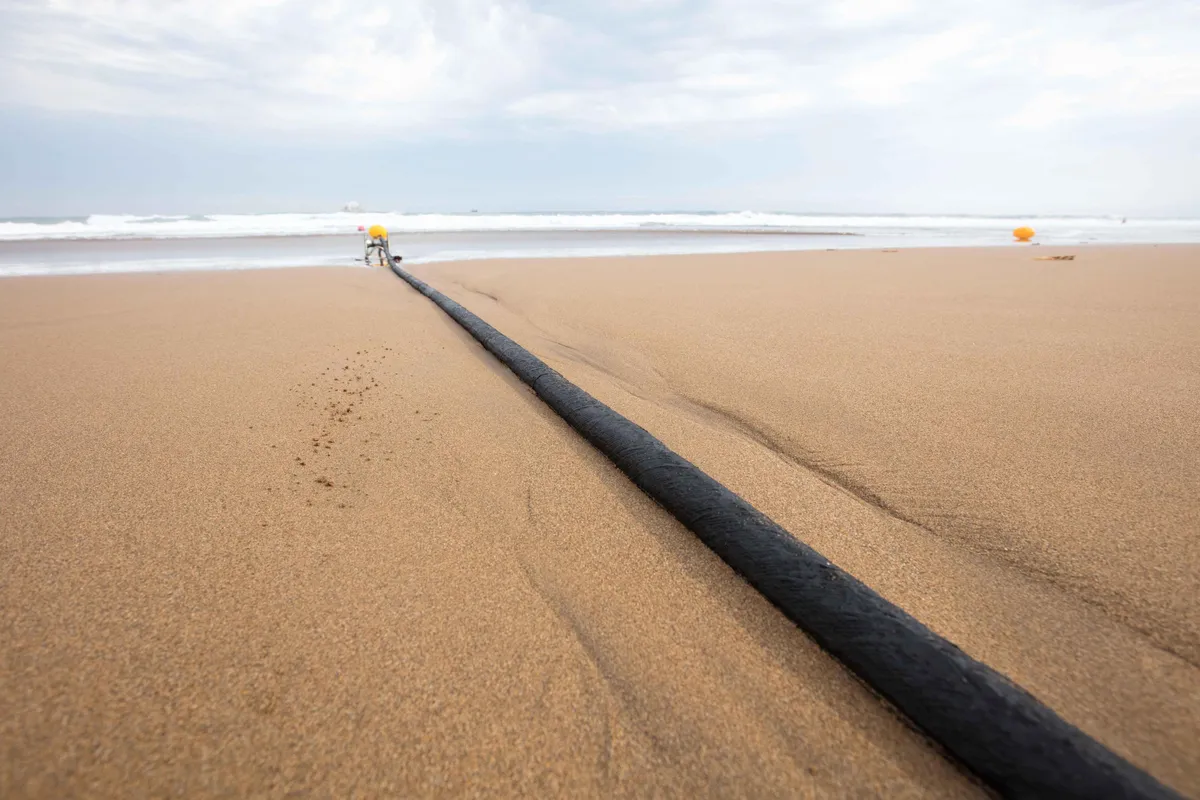
How Monotype became a font behemoth
On the enshittefication of fonts.
That optimism, however, will likely be tested as Monotype begins dabbling with AI. The company already owns WhatTheFont, an app that uses deep learning to identify fonts from photographs, and it’s added an AI-powered font-pairing feature.
Monotype says it plans to use machine learning and AI to improve how users discover new fonts on its platform — an innovation that will undoubtedly affect foundries, though it remains to be seen exactly how.
Where do fonts come from? This one business, mostly - The Hustle
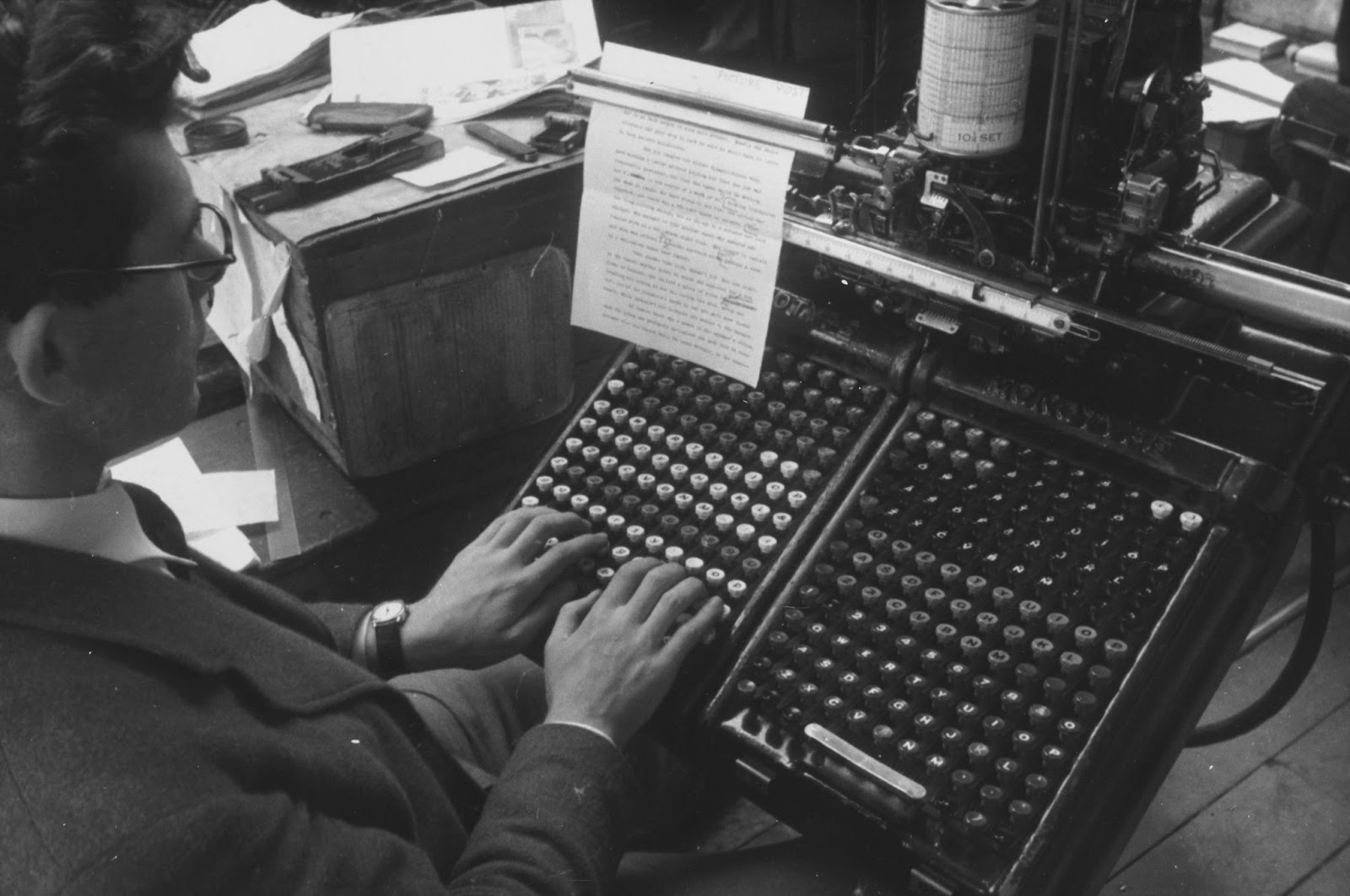
Fortress Europe's culpability for the Melilla massacre



Official figures from that day indicate that of the roughly 1,700 migrants who attempted to cross the border, 133 were able to claim asylum; 470 individuals, like Basir, entered Spanish territory, but were forcibly returned to Morocco. At least 37 people died, and 77 people remain unaccounted for. The event quickly came to be known as “the Melilla massacre”.
The Melilla massacre: how a Spanish enclave in Africa became a deadly flashpoint - The Guardian
The Marxist in the Machine
“With remarkable humility and a relatable sadness Wang confronted the fact that it is much harder than he had thought to get a handle on reality and to improve it, especially in the face of political ambition. He wrote in 1979 that “the ideal of a ‘strong country with rich people’ needs to be combined with socialist ideals so as to avoid the pitfall of saving the country without saving the people and to achieve a society that is both prosperous and equal.” Wang’s faith in Marx and Mao was political, personal, and intellectual, and all three strands are woven through his philosophical work and his automated logic in ways that are deeply tied to his lived experience of being a Chinese logician in America navigating the cleavages of the Cold War. In this way, Wang proves his own point: reasoning, even in its most formal mode of logical inference and formalism, is not universal but is, rather, the product of the history of one’s mind and body.”
www.journals.uchicago.edu/doi/10.1086/725135 journals.uchicago.edu
Plenty of horrifying detail on here
Elon Musk’s Shadow Rule newyorker.com
A worthwhile post by Patricia Rogers, a major figure in évaluation in Australia Risky behaviour — three predictable problems with the Australian Centre for Evaluation
"It’s a name that speaks to contemporary forms of neocolonialism and climate profiteering, like the real estate agents who have been cold-calling Lahaina residents who have lost everything to the fire and prodding them to sell their ancestral lands rather than wait for compensation."
Why was there no water to fight the fire in Maui? | Naomi Klein and Kapuaʻala Sproat theguardian.com
Links on the links between the gambling industry and USyd research
USyd’s ties to the Australian gambling industry honisoit.com
University of Sydney establishes Centre of Excellence in Gambling Research sydney.edu.au
austgamingcouncil.org.au/sites/default/files/2023-08/226A1503.PDF.pdf austgamingcouncil.org.au
AMA tells University of Sydney to ‘read the room’ over research funded by gambling industry theguardian.com
A rogues gallery of investors, ranging from Binance to Andreessen Horowitz to Prince Alwaleed bin Talal al Saud to… Jack Dorsey (why?)
Here’s who helped Elon Musk buy Twitter - The Washington Post
Worthwhile piece in Rolling Stone about the many women and people of colour who have been warning us about the dangers of AI for a long time.
"Researchers — including many women of color — have been saying for years that these systems interact differently with people of color and that the societal effects could be disastrous: that they’re a fun-house-style distorted mirror magnifying biases and stripping out the context from which their information comes; that they’re tested on those without the choice to opt out; and will wipe out the jobs of some marginalized communities.
Gebru and her colleagues have also expressed concern about the exploitation of heavily surveilled and low-wage workers helping support AI systems; content moderators and data annotators are often from poor and underserved communities, like refugees and incarcerated people. Content moderators in Kenya have reported experiencing severe trauma, anxiety, and depression from watching videos of child sexual abuse, murders, rapes, and suicide in order to train ChatGPT on what is explicit content. Some of them take home as little as $1.32 an hour to do so.
In other words, the problems with AI aren’t hypothetical. They don’t just exist in some SkyNet-controlled, Matrix version of the future. The problems with it are already here. "
These Women Tried to Warn Us About AI rollingstone.com
“We’d invited the Prime Minister and the opposition leader to accept the Uluru Statement as a bark painting, like politicians always have. But our old people said, ‘No, they're going to take it and put it on the wall in Parliament House and they're not going to implement what's in there. We have to go out on the red dirt, stare down the camera and invite Australians to walk with us, like they did in 1967, in a movement of the Australian people for a better future.'"
Remote work as a break from workplace racism
There’s a fair bit of human resources nonsense in this article (quiet quitting, leadership jargon, etc.) but the racism described is real.
“Jobs are built on social capital. We could miss out on those happy hour opportunities,” Barton said. But he’s willing to sacrifice the in-office networking. “Honestly,” he said, “I would trade that in for my peace of mind.”Throughout the pandemic, survey after survey showed what some workers of color have known for years: Workplace politics and discrimination can make the office an undesirable place to be.
Brave New Word? A fun little web game when you guess when neologisms were coined, via waxy.org
Not from the game, but I’m always amazed the phrase “only Nixon could go to China” predates him actually going to China.
Baseball in Bhutan
“Bhutan hopes to be next great baseball country”
This is interesting, and highlights the dizzying pace of change in Bhutan. These sort of scenes would have been unimaginable when I was last there in the pre-COVID era.
It also makes me a bit sad because darts and archery were so dominant in Bhutan, and so different to the forms of those sports in other countries.
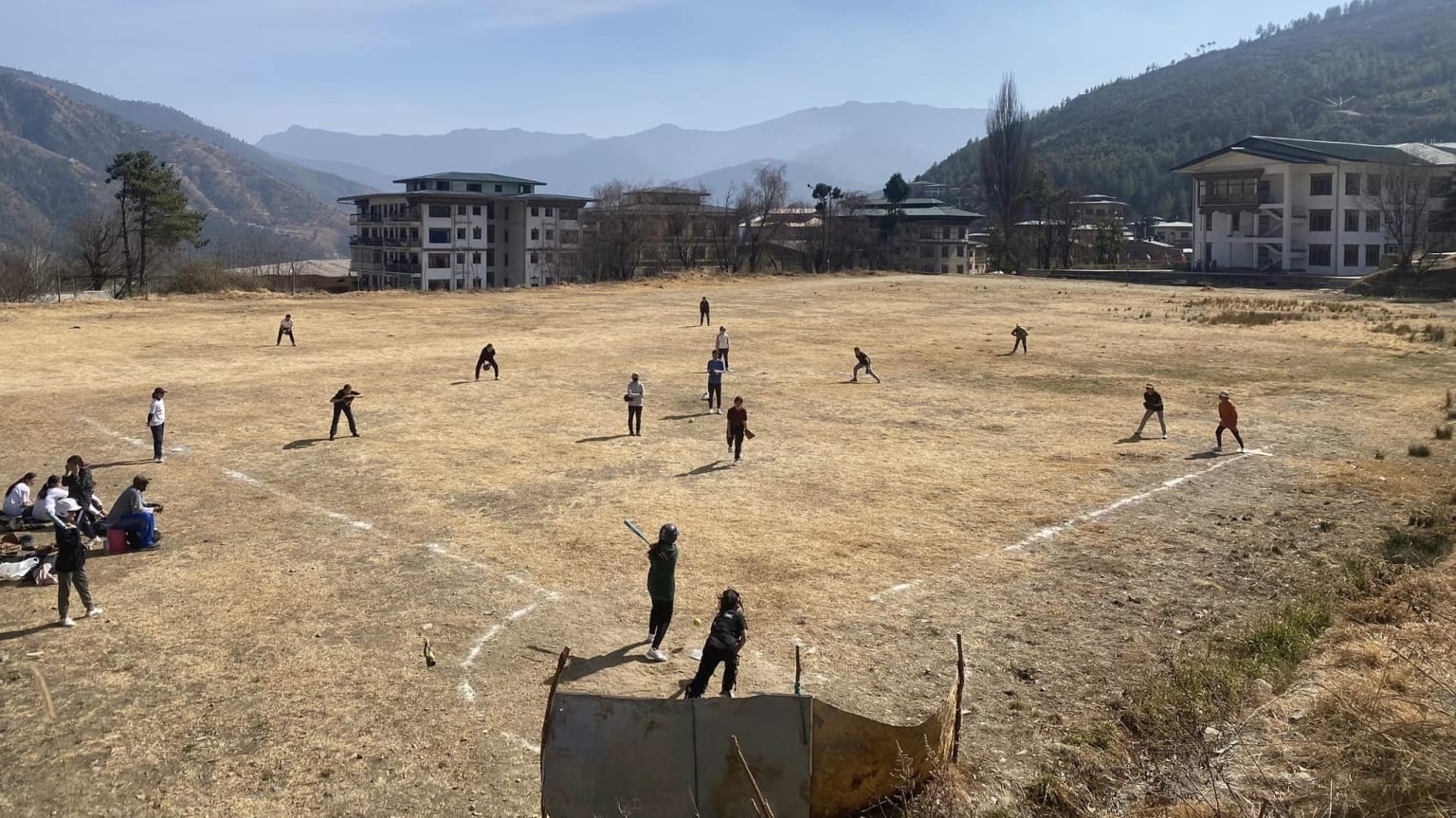
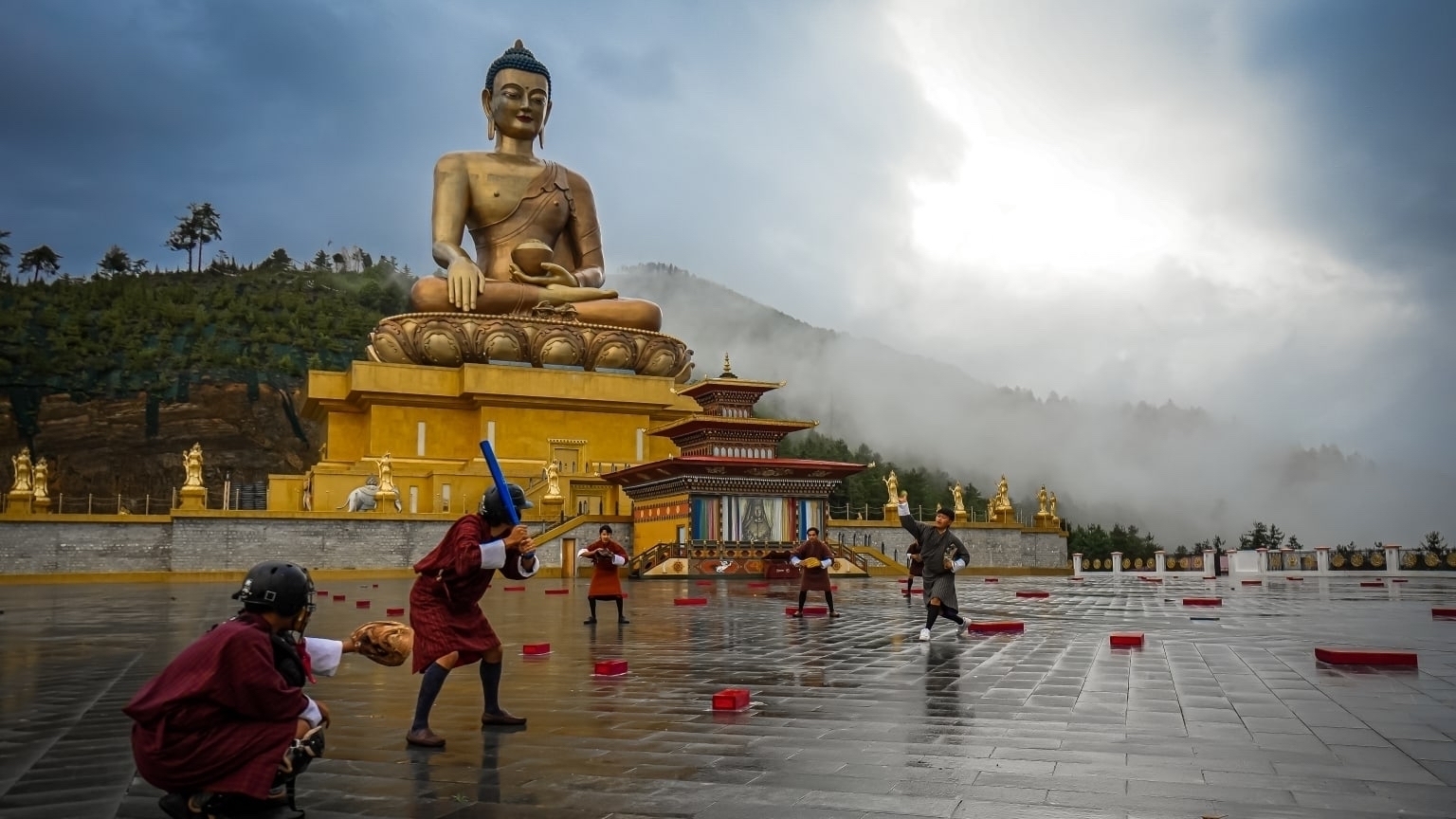
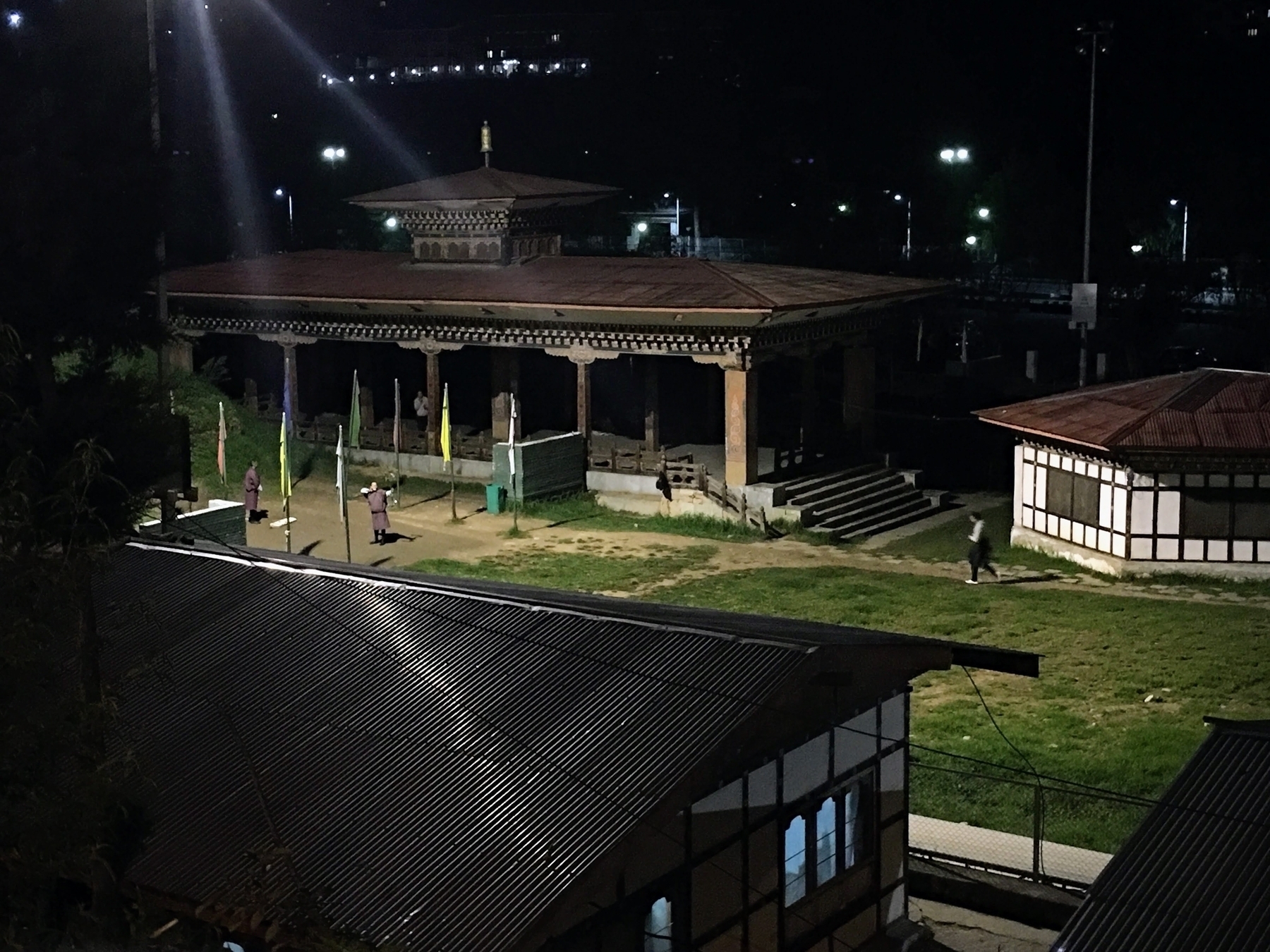
What would the internet of people look like now?
One of the key markers of Web 2.0, in retrospect, was not the adoption of mobile, though that is certainly part of it. It was, instead, the intermediation of most interactions by algorithm.
— Read on www.theverge.com/2023/7/22/23803538/google-facebook-myspace-internet-culture-web-dot-com-crash
Fire in the Hole
Across the globe, thousands of coal fires are burning. Nearly impossible to reach and extinguish once they get started, the underground blazes threaten towns and roads, poison the air and soil and, some say, worsen global warming. The menace is growing: mines open coal beds to oxygen; human-induced fires or spontaneous combustion provides the spark.
— Read on www.smithsonianmag.com/science-nature/fire-in-the-hole-77895126/
Climate reparations: An idea whose time has come
The largest twenty-one companies analyzed would disburse $5,444 billion over the period 2025–2050.
— Read on www.cell.com/one-earth/fulltext/S2590-3322(23)00198-7